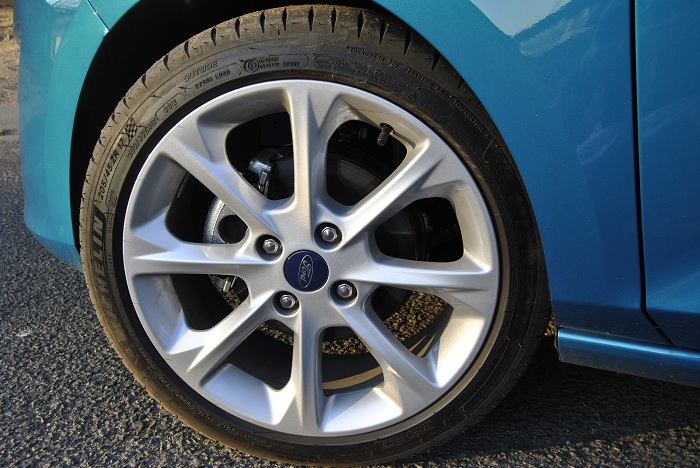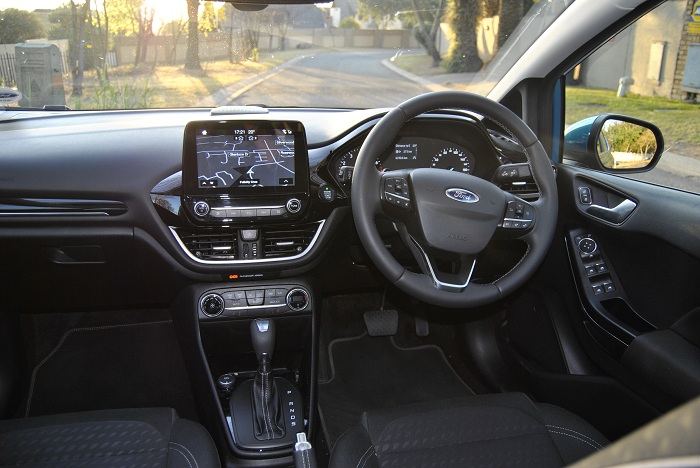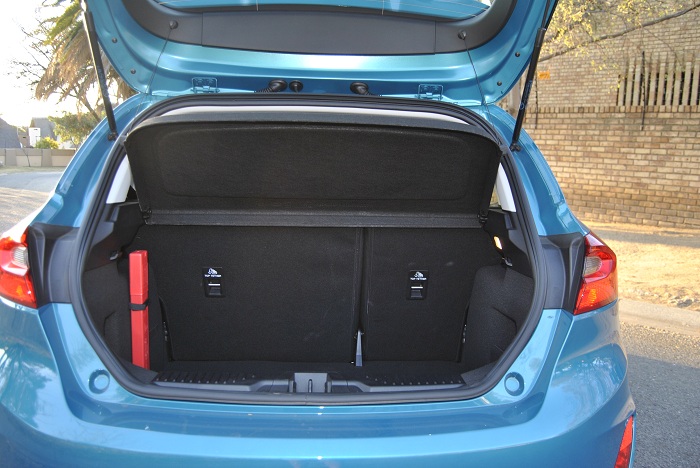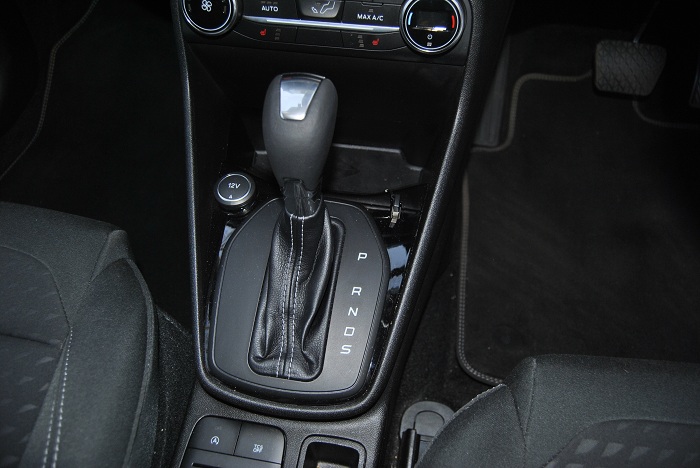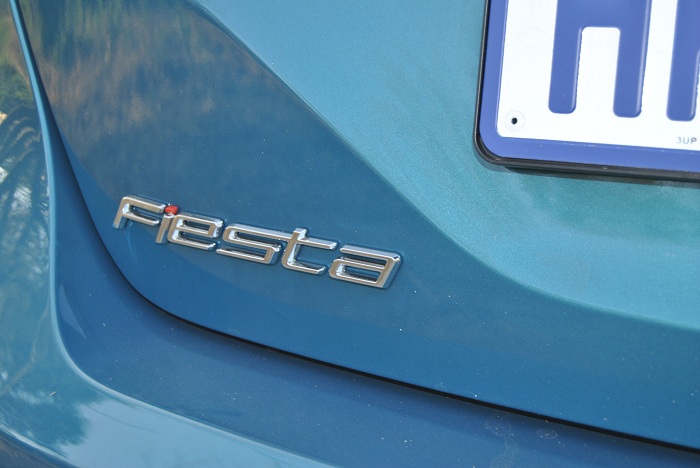The difficult next chapter
One of the most radically styled superminis for a while when it bowed as the Verve concept in Frankfurt 11 years ago, the Blue Oval’s rival to the Volkswagen Polo remained a sales hit despite being close to a decade old when it bowed out internationally last year.
First shown towards the end of 2016, the all-new seventh generation Fiesta made its highly awaited local introduction back in May, with the aim of renewing not only its battle with the new Polo, but also other contenders such as the Renault Clio and Hyundai i20.
A styling triumph?
Viewed on first glance, the Fiesta comes across as more of an evolution rather than the revolution its predecessor was, with the same large sweptback headlights as the new Focus, a wider take on the signature Aston Martin-like grille, fog lights neatly integrated into the flanks of the front bumper, very sporty looking 17-inch alloy wheels and a good helping of chrome detailing.
Tested here in top-spec Titanium guise, it was however the striking Blue Wave paint finish that made the biggest impact, and in effect, resulted in the Fiesta coming across as more grown-up and stylish than before, but without towing the conservative line as the Polo or i20 does.
Goodbye smartphone, hello touchscreen
Whereas the exterior is of the evolutionary kind, the interior is anything but small changes here and there, with the old smartphone inspired dash and its plethora of buttons making for a modern, clean and minimalist design complimented by silver inlays, leather and piano key black inserts.
While a definite standout compared to the old Fiesta, the overall feel still lacks the inherent quality the Polo has become known for, with the materials ranging from classy, soft touch items to scratchy and a bit plasticky, especially down the centre console.
That being said, the cabin, at the front at least, does not feels cramped with the obvious uhm… party piece being the new freestanding eight-inch touchscreen infotainment system with Ford’s new SYNC 3 software. Incorporating Apple CarPlay, Android Auto, Bluetooth, satellite navigation and a pair of USB ports housed in front of the gear lever, the system is not only user friendly and easy to make out, but can be offset by using the voice control setup with its respective prompts.
Space shortage…
The bugbear of the cabin though is its lack of space for rear occupants relative to the front, with taller passengers likely to be affected the most thanks to insufficient headroom and pinched levels of legroom. The same goes for the boot which at 303-litres, is down 48-litres on that of the Polo, despite Ford having increased the overall length by 71mm.
… equipment loaded
Counting in the Titanium’s favour though is the standard spec sheet, which by modern B-segment standards, still makes for impressive reading.
In addition to the infotainment system, notable items include a 4.2-inch TFT instrument cluster display, heated front seats, a seven-speaker sound system, cruise control, auto on/off headlights and wipers, leather wrapped steering wheel and gear lever, electric mirrors, automatic air-conditioning, Heads-Up Display, ABS with EBD and BAS, Hill Launch Assist, Electronic Stability Control and six airbags.
The ‘box full of anti-party tricks
Once on the move, it quickly becomes apparent that the Fiesta’s biggest problem lies in the drivetrain department. Granted, while nothing much is amiss about the multi-award winning 1.0-litre EcoBoost triple that again produces 92kW/170Nm, apart from very subtle turbo-lag, the new six-speed automatic gearbox sullies the overall driving experience similar to that of the Ford Figo tested previously.
Left to its own devices, the changes are relatively smooth but still on the slow side, while exercising your right toe is accompanied by a strong surge of grunt, which then turns into a strained three-cylinder thrum as the ‘box still seems unsure when to change as the revs inch higher.
Opt for the steering wheel mounted shift paddles, which bizarrely can only be used in Sport mode and not in Drive, the changes become a bit faster, but which are nowhere as sharp as those of the Polo’s DSG. Compounding this further is the fuel consumption, which saw the Fiesta record a best of 6.9-litres/100km, well off the claimed 5.2-litres/100km.
Conclusion
The seven days spent behind the wheel of the new Ford Fiesta frankly left this writer scratching his head as to the confusing nature of the flagship variant.
Yes, the Titanium’s R310 600 sticker price is R6 100 more than the equivalent Polo 1.0 TSI Highline DSG, although it does come with more equipment, a funkier overall appearance and smarter interior combined with a more powerful engine and sportier dynamics.
However, the slow shifting gearbox badly lets down the side down in that it takes away some of the fun characteristics that the Fiesta has become famous for. With a price tag below the psychological R300 000 threshold therefore, smart money would have to be on the manual Titanium or even the 1.5 TDCI Trend.




